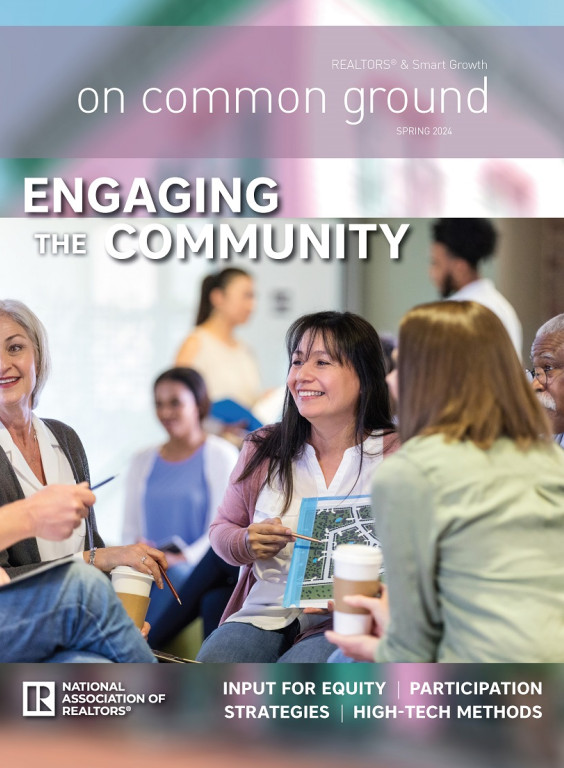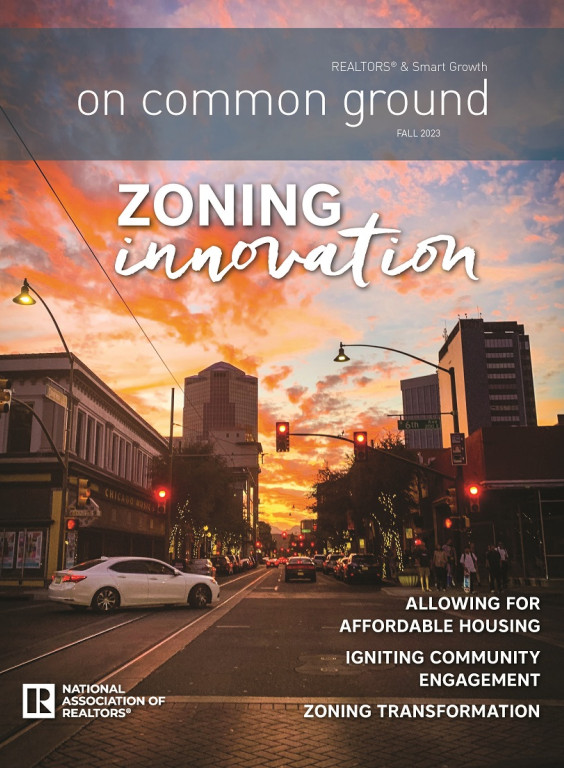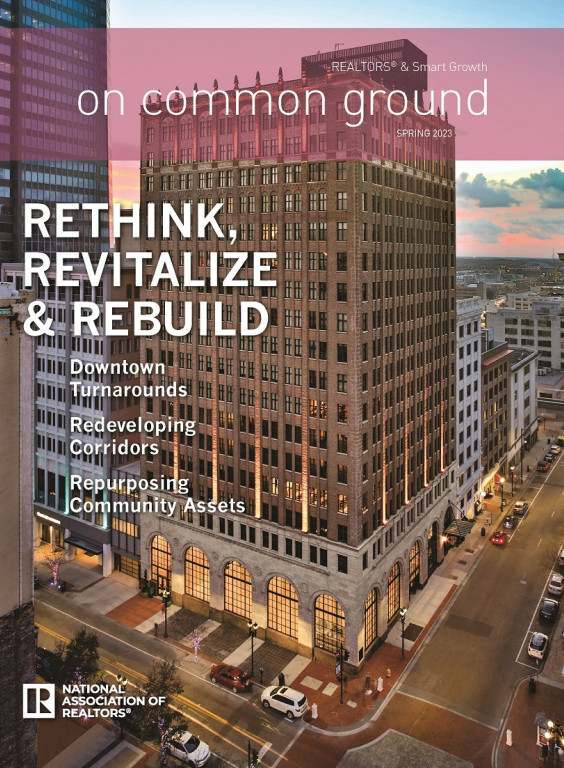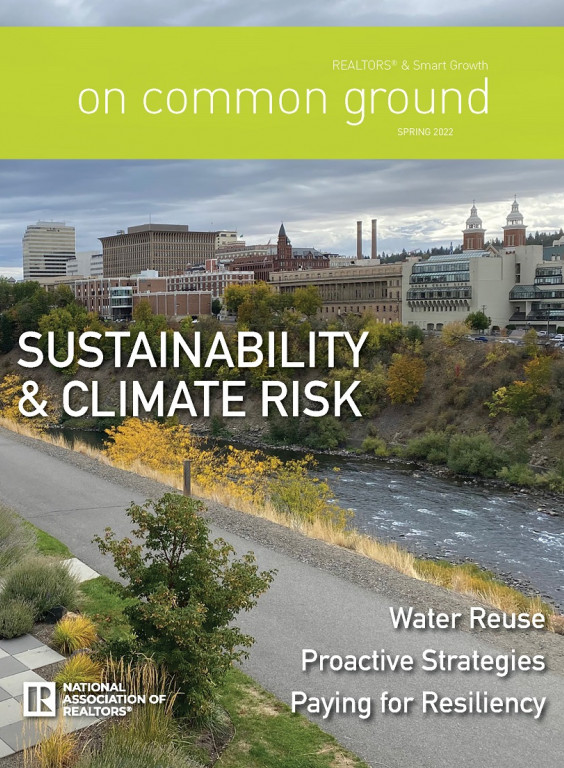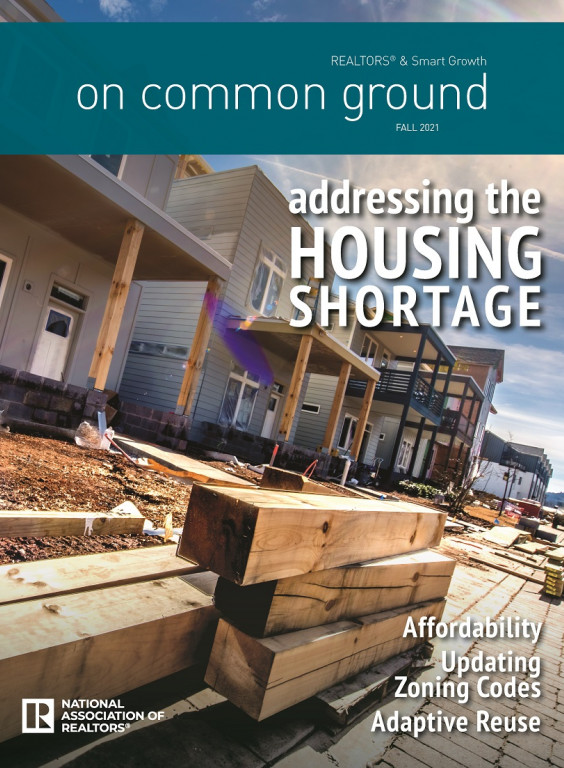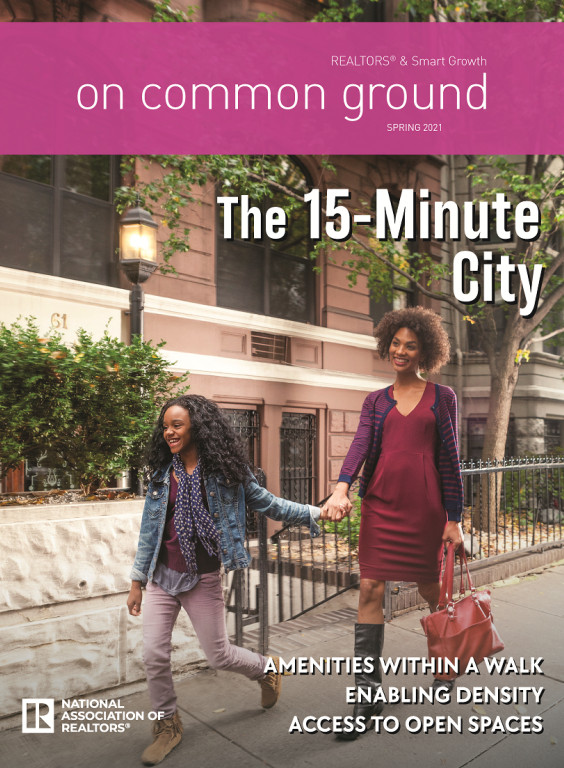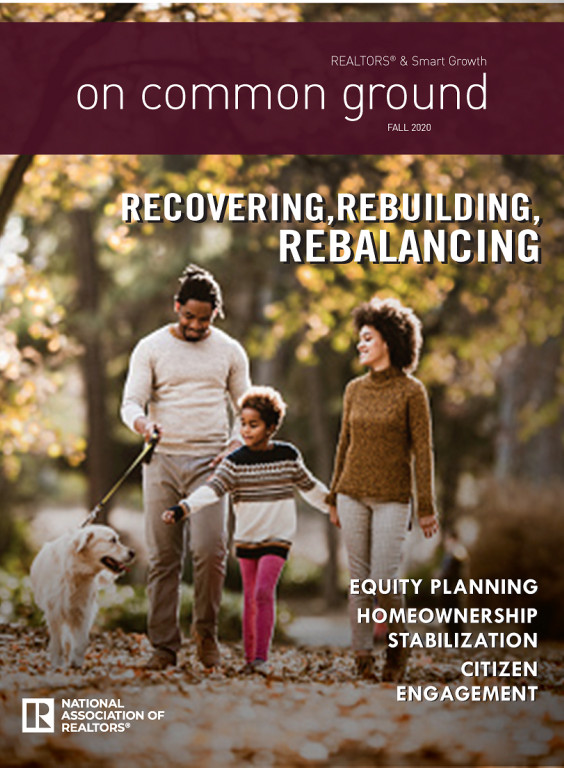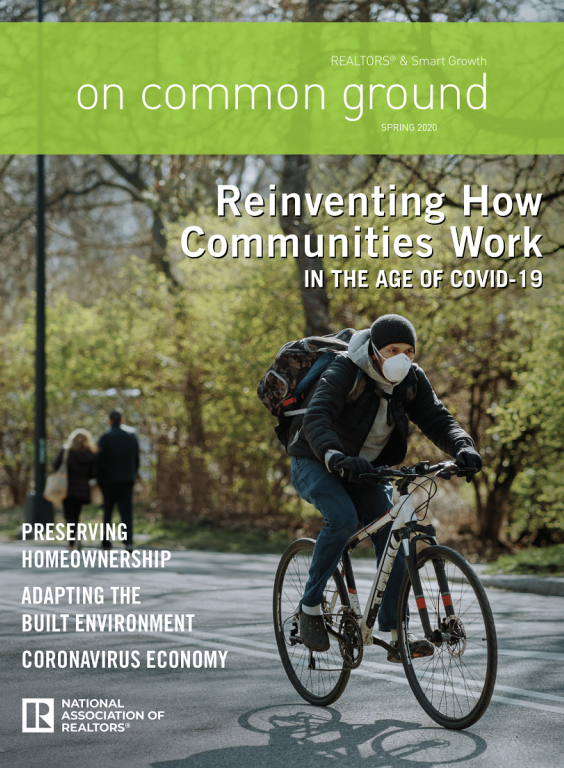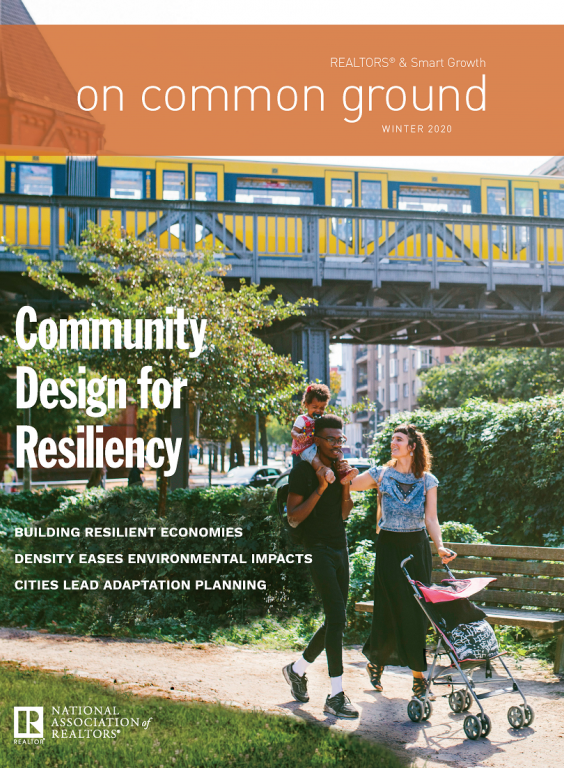America's history is a testament to the unique joys of living in small communities like the neighborly connection and sense of community often missing in larger metropolitan areas. Across the country, community leaders are joining together to bring new life back to small towns. They are doing it by focusing on smart growth that highlights the existing assets of a community — its history, culture and landscape — or by creating a new source of vitality, such as by encouraging artists to flourish or by undertaking creative placemaking.
Download (PDF: 7.84 MB)
In This Issue
Woodbine, Iowa, was like a lot of small towns. It was small and getting smaller. The population fell by 150 people between 2000 and 2010 — a trivial loss for a large city but a 10 percent tumble for tiny Woodbine, population 1,459.
Merchants in the downtown business district were turning out the lights. Meanwhile, enrollment in the local school district was ebbing to the point where consolidation with another district — an unthinkable blow to the town’s identity — seemed inevitable.
REALTOR® Rick Stallard wins a $15,000 NAR grant to revitalize his hometown.
It’s been nearly two decades since the federal government gave tribes the right to determine and deal with their own housing needs.
Though much remains to be done on some reservations, there has been significant improvement in American Indian housing in tribal communities — thanks to passage of the Native American Housing Assistance and Self-Determination Assistance (NAHASDA) act in 1996.
When Elisa Korenne moved from New York City to New York Mills, Minn., population 1,195, for an artists’ residency program, she wanted the full Minnesota experience, including the canoe camping she read about in a guidebook.
Local outdoorsman Chris Klein, who arranged the trip, suggested they either call it off or cut back to a day trip when other participants cancelled, but...
When you think of Michigan, it’s natural that you think of automobiles. “We’re the auto-centric capital of the world,” says Gilbert M. White, a REALTOR® and placemaking consultant in Haslett, Mich. “We [the state of Michigan] were good at producing sprawl and now we want to build people habitat,” he says.
“Michigan remains a state with some...
From the Arkansas Delta to the wine country of southeastern Washington State and beyond, rural regions around the country are conserving, rehabilitating and developing cultural and historic assets to fuel economic development.
Dubbed “heritage-based development,” the goal is to build sustainable communities and strengthen regional economies by promoting farmsteads, buildings, districts and landscapes, as well as local arts, crafts, music, food and events.
A decade has passed since the federal government earmarked funds for a bridge in Grand Traverse County, Mich. Although it will never carry any traffic, the bridge is complete. But instead of a steel span across the Boardman River as originally planned, it’s a concept called the Grand Vision that connects six neighboring counties to their future.
Since the financial downturn, stories of cities in distress have littered the news. That’s why the smart growth of a small town like Jena, La., is so striking.
Small cities and towns are forever being buffeted by the winds of fate. When they are the collection and distribution centers for rural areas, the agricultural economy — changeable as the wind itself — governs all. As a gateway to recreational areas they may fail along with the latest resort to go under, or struggle to maintain their character amid an onslaught of second homes and chain-store commerce. If they are within a longish commute to a major metro area, traffic and sprawl may arrive to swamp a formerly bucolic retreat. Adding to the difficulty, for many years state governments delivered much of their intended economic help in the form of highway by-passes, which often as not drew economic activity away from town centers so that they were by-passed in all senses of the word.
Although far from the high-priced big cities, rural communities and small towns have their own challenges in providing affordable housing options. Now, leadership in small towns and rural areas is moving ahead on innovative ways to provide affordable housing opportunities.
Imagine a self-sustaining passenger rail system. In Maine, commercial REALTORS® are working to make one such transit opportunity a reality in the Pine Tree State.














